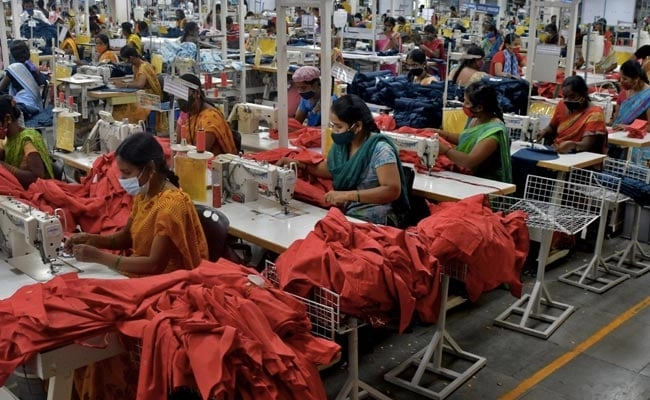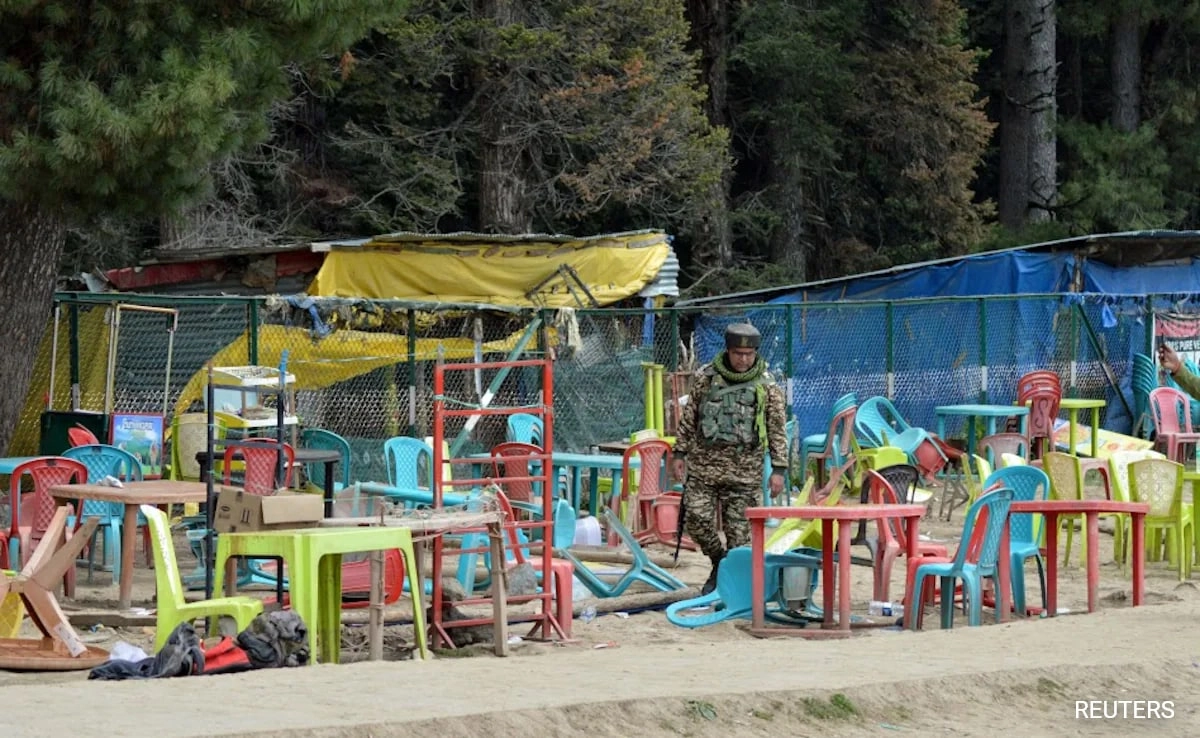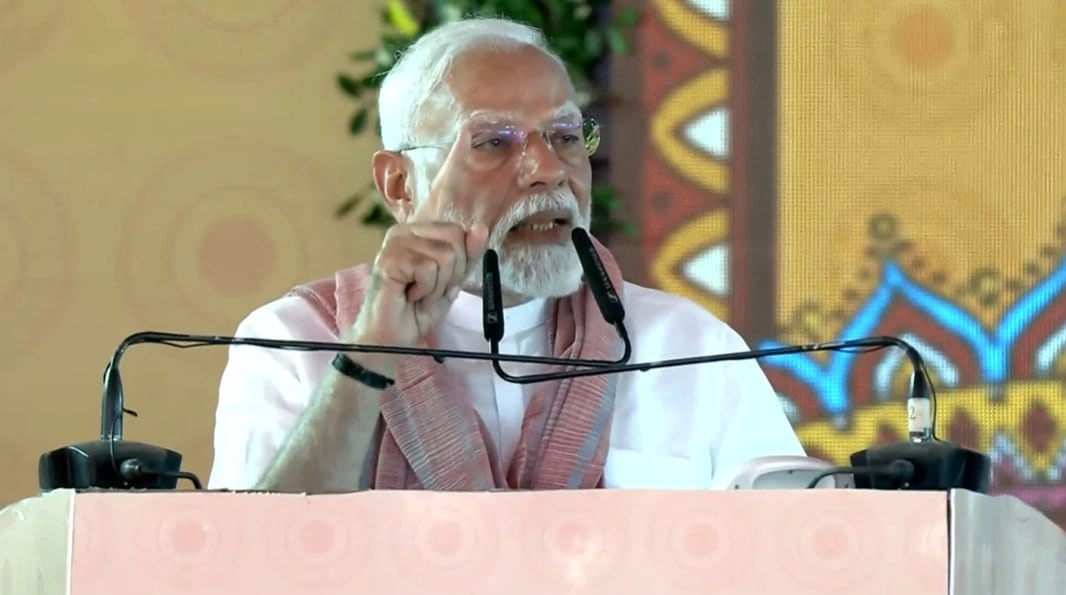Textile exporters are increasingly concerned about the implications of tariffs imposed by the Trump administration, fearing that these trade policies could lead to significant job losses within the industry. The tariffs, designed to protect domestic manufacturing by making imported goods more expensive, have inadvertently created a challenging environment for exporters who rely on global supply chains. With the costs of raw materials rising due to these tariffs, many companies are facing tighter profit margins, which in turn affects their ability to maintain their workforce.
The textile industry, which has historically been a major employer in many regions, is now grappling with the uncertainty brought on by fluctuating trade policies. Many exporters report that the tariffs have led to a decrease in orders from international clients, as buyers seek more affordable alternatives in countries not affected by such tariffs. This decline in demand not only threatens the financial stability of these businesses but also puts countless jobs at risk, with many workers facing potential layoffs.
In addition to the immediate financial concerns, the long-term outlook for the textile industry remains bleak if the current tariff policies persist. Industry experts warn that prolonged uncertainty in trade relations could deter investment and innovation, further exacerbating unemployment issues. As companies struggle to adapt to the new economic landscape, many are calling for a reevaluation of these tariffs to foster a more balanced approach that supports both domestic interests and the global market.
The potential fallout from these tariffs extends beyond just the textile industry, as the effects ripple through local economies. Communities that depend on textile manufacturing are already feeling the strain, with reduced spending power impacting local businesses and services. As stakeholders engage in discussions about the future of trade policy, it is crucial to consider the broader implications of these tariffs on employment and economic stability in the textile sector.




